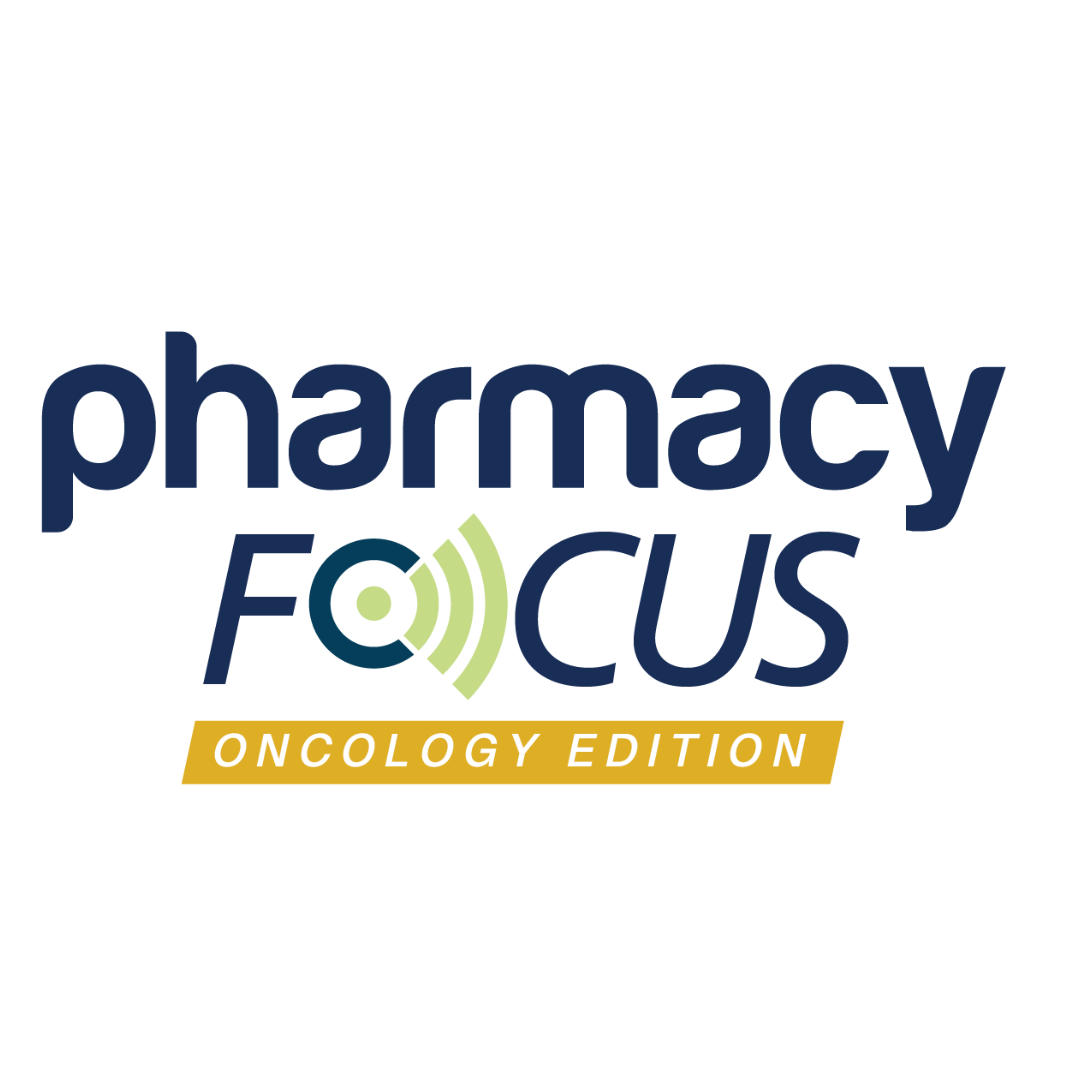Article
Novel Therapy Increases Survival in Brain Cancer Patients
Author(s):
Treatment doubles overall survival of patients with recurrent glioblastoma.
Treatment doubles overall survival of patients with recurrent glioblastoma.
The Cancer Therapy & Research Center (CTRC) recently presented evidence at the European Cancer Congress (ECC) of a new, experimental therapy that was found to double the overall survival of patients with recurrent glioblastoma compared with the current standard of care.
Glioblastoma is an aggressive form of brain cancer that kills approximately 66% of patients within 5 years of diagnosis. A patient’s outlook with recurrence of the disease is considered to be weeks or months.
CTRC medical oncologist Andrew J. Brenner, MD, PhD, associate professor in medicine, neurology and neurosurgery at the UT Health Science Center School of Medicine, presented data from the phase 2 clinical research study that evaluated the novel therapy, called VB-111, in continuous and intermittent doses compared with the treatment standard of Avastin chemotherapy.
Patients receiving the experimental therapy survived an average of 15 months compared with just 8 months of survival among patients who only received Avastin. The study evaluated 62 patients with recurrent glioblastoma from CTRC and 3 other centers.
“These are the patients with the most serious cases, whose glioblastoma has recurred after surgery and who, as a result, have a very short life expectancy,” Dr. Brenner said. “In addition to the benefit in overall survival, VB-111 was safe and well-tolerated in the patients, and proved to be effective both as a single therapy for recurrent glioblastoma and in combination with Avastin.”
VB-111 works by starving the tumor as it blocks its ability to grow new blood vessels, according to Dr. Brenner. Tumors themselves begin the process by secreting a factor that activates the VB-111 drug.
“This drug outsmarts the cancer,” Dr. Brenner added.
VB-111 treatment is administered once every 2 months via intravenous infusion and currently has orphan drug status in the United States and Europe.
Side effects from the treatment included fever, which could indicate an immune system response to the drug. This may play a role in its effectiveness, according to Dr. Brenner.
The improvement in overall survival is clinically significant.
“These numbers compare favorably to any current benchmark in recurrent glioblastoma and may change the treatment paradigm for these patients,” Dr. Brenner said.






